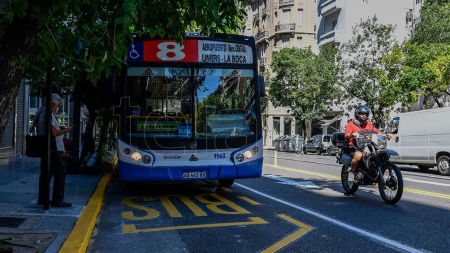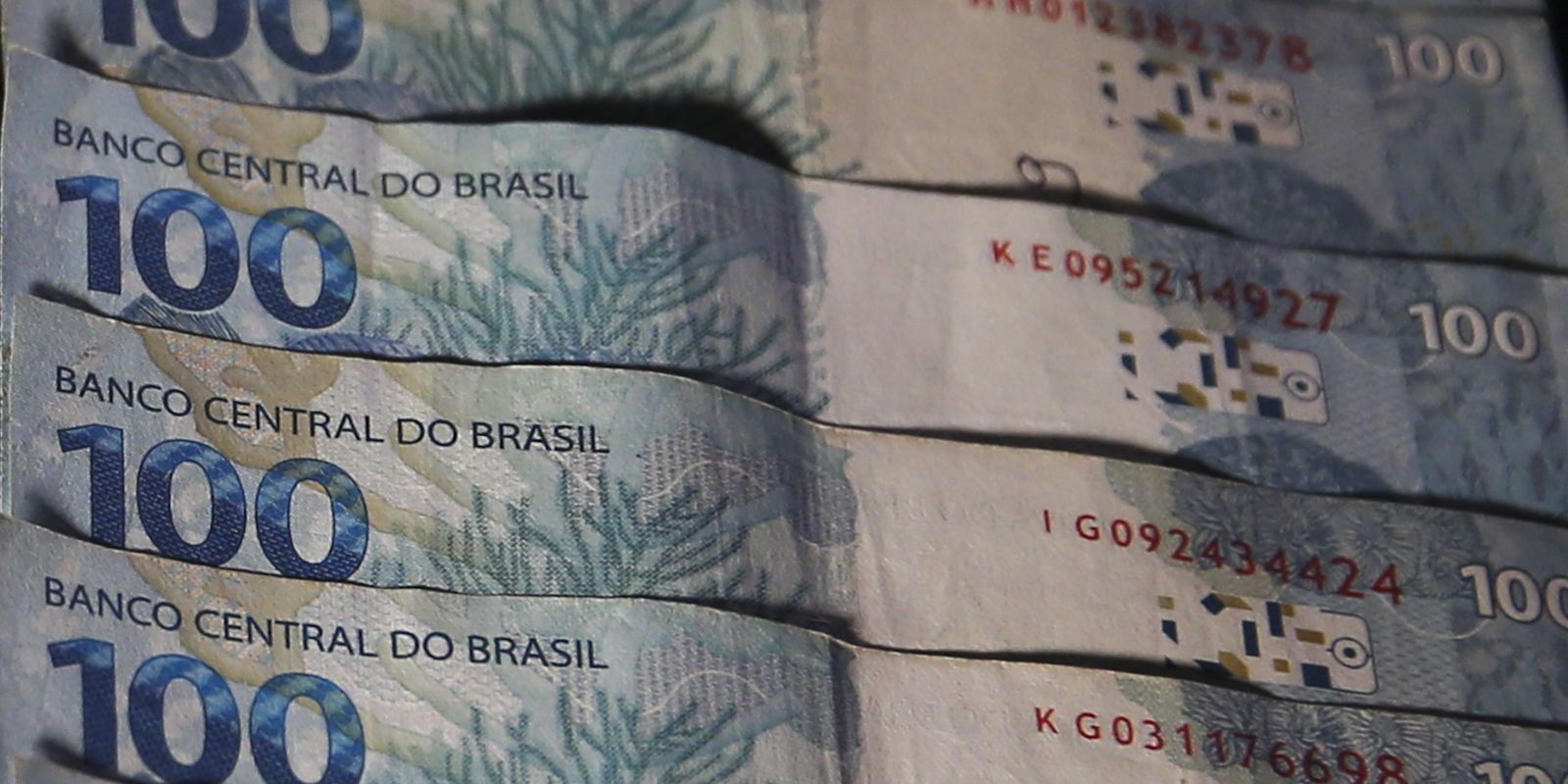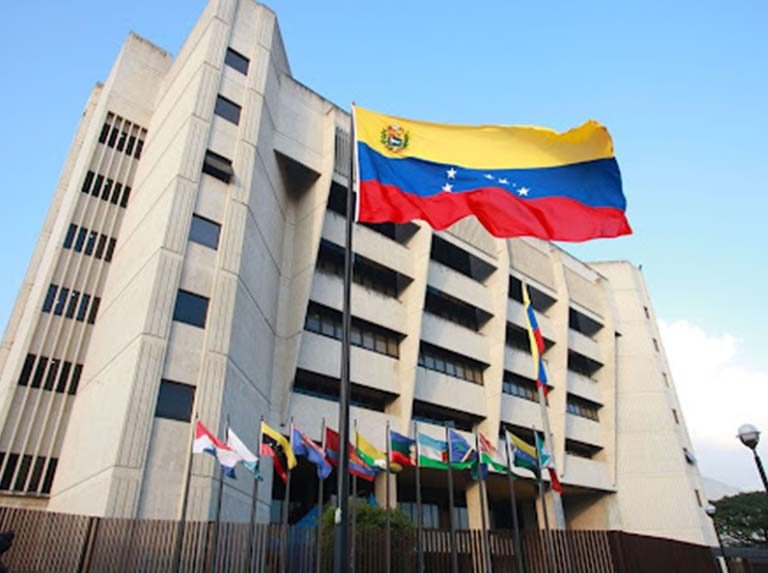The Minister of Transportation, Diego Giuliano, stated that the national government is in a negotiation process with the Autonomous City of Buenos Aires (CABA) “so that it takes charge of its own transportation,” which will include the 32 lines that originate and destination within the jurisdiction.
“We are in a negotiation process with the Autonomous City of Buenos Aires so that it takes charge of its own transport, as each of the 23 provinces of Argentina has taken care of,” Giuliano said at a press conference at Casa Rosada.
The contact with the press occurred after participating in the Eva Perón Room in a new meeting of the Hidrovía Federal Council, which was attended by the governors of Buenos Aires, Axel Kicillof; from Chaco; Jorge Capitánich; and from Santa Fe, Omar Perotti.
“This means that the 32 transportation lines that originate and end within the exclusive territory of the Autonomous City of Buenos Aires, as the law says, are administered, managed and supported by the City,” said the official.
“We are in a process of negotiation with the Autonomous City of Buenos Aires so that it takes charge of its own transportation, as each of the 23 provinces of Argentina has done”Diego Giuliano-Minister of Transportation of the Nation
Giuliano clarified that “the Ministry of Transport has never withdrawn nor will it withdraw, because it continues to compensate for what is called the ‘social attribute’ for all Argentines, something that was developed in this administration because in the previous administration it was only encapsulated in the AMBA area (Buenos Aires Metropolitan Area)”.
Regarding the difference in rates that exists between the AMBA and the cities in the interior of the country, the head of Transport pointed out that “this distortion has a birth, an origin, which was a fiscal consensus of the previous administration, in 2018 , signed by the provinces and the Government”.
“That meant an elimination of the compensation fund in the interior of the country and we have begun to correct it, through a considerable increase in that compensation fund,” he stressed.
He said that the correction was first “linked to the pandemic and now with a discussion in the National Congress, which next year plans a fund of $85 billion for the internal compensation fund, as it is called in the Budget law ” .
Regarding the difference in rates that exists between the AMBA and the cities in the interior of the country, the head of Transport pointed out that “this distortion has a birth, an origin, which was a fiscal consensus of the previous administration, in 2018 , signed by the provinces and the Government”
“This is very important, because it is almost a 100% increase in relation to the previous year, beyond the fact that this year we did not have a Budget because the opposition had not approved the compensation fund for the interior either,” Giuliano recalled.
And he expressed that “then we are extending the SUBE card to as many and as many regions as possible” because “it is a way to horizontalize the transport subsidy”, since “it goes directly to the user’s pocket”.
“This is the main objective that the Ministry of Transportation has today: that the SUBE allows compensation in the pocket of the people without so many intermediaries,” he remarked.








